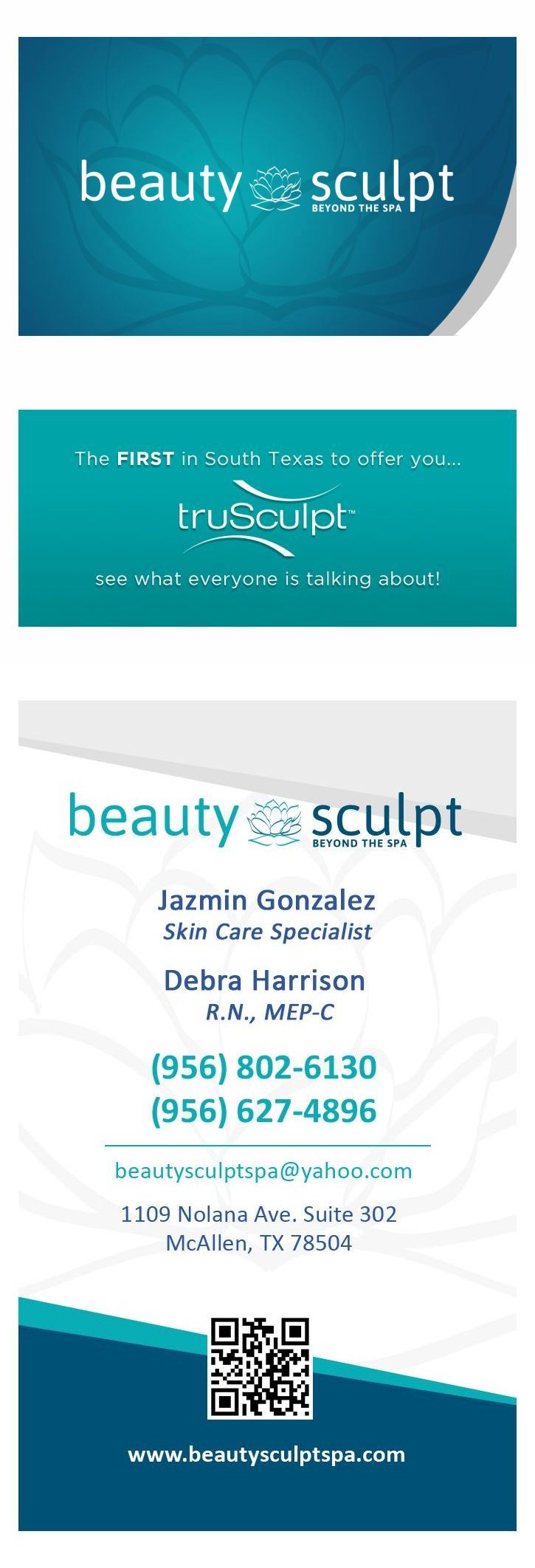Antifungal Laser Nail Treatment
Antifungal Laser Nail Therapy Nail fungus affects more than half of all Americans over the age of 40, but topical and oral medications often fail to cure these deeply rooted infections that cause nails to discolor, grow in unusual patterns and become more like claws than toenails. Laser nail fungus removal offers signature advantages for treating these persistent infections that cause unsightly appearances and pain. Laser therapy may be up to 88% effective in eradicating these infections, but conservative topical and oral medications work only 12% of the time and subject patients to systemic health risks and adverse reactions.
Laser Nail Fungus Treatment Reviews Getting rid of nail fungus allows new nails to grow that replace unsightly, discolored and thickened nails. Gentle lasers send pulses of light through the nail to reach deeply below the surface of the nail bed where the fungal infections thrive. New nails grow within 9 to 12 months after the fungus colony dies. Studies show that nail fungus laser treatment works effectively to kill various types of fungus without causing and pain, complications or side effects. The laser shines a focused beam of light that vaporizes fungal colonies embedded in the nail and nail bed without damaging the surrounding tissues. The procedure causes no discomfort during or after nail fungus treatment.
An infected big toe could take up to 10 minutes under the laser. Most nail fungus treatments only require a single session. In 80% of cases, the pathogen is completely destroyed. A new toenail takes 6–9 months to grow. Antifungal creams prevent new infections from taking root.
Nail Fungus Symptoms Nail fungus symptoms include foot discomfort, pain when walking, standing or wearing shoes and nail malformations and discolorations that are unsightly. Called subungual onychomycosis by physicians, the infection occurs in about half of all people as they age. Different types of fungi cause various nail fungus symptoms, but common symptoms of nail infections include:
White or yellow spots on the nail Nails that grow thicker than normal Crumbling and splitting nails that occasionally pull away from the skin Buildup of skin bits and nail fragments under the nail Severe thickening of nails that make them hard to trim White spots under the nail’s surface
Does Laser Nail Fungus Removal Work? Laser treatments can change your foot’s appearance, ease pressure and pain and promote healthy nail growth for even the most severe cases of nail fungus. Experienced physicianshave successfully treated thousands of cases since the FDA approved the laser procedure for treating nail fungus. Fungus makes nails unsightly, thick and hard to cut, but topical and oral treatments often take multiple applications, fail to kill established colonies and cause disturbing side effects. So, does laser nail fungus removal work? Laser treatments, however, can work with just one treatment. Benefits of using lasers to treat nail fungal infections include:
No toxic medications or anesthesia is required. Lasers target the fungus without damaging surrounding skin. The treatment has no side effects or treatment complications. Only one treatment is usually necessary. Patients don’t need to continue treatment for months to eradicate the infection.
Nail Fungus Pictures Although nail fungus doesn’t usually cause pain, malformed nails do because they become hard to trim and affect how your shoes fit. Nail fungus pictures range from mild discolorations to severe thickening, blackening and growing patterns that make nails resemble claws. If you have a weakened immune system or diabetes, the infection could cause more severe symptoms and risks. Nail fungus pictures show the progression of the infection from initial contagion to final appearance under different strains of fungus.
Laser Nail Fungus Removal Reviews Laser nail fungus treatment reviews have found that traditional treatments don’t always work, generate side effects and take prolonged periods to eradicate the infection. Conservative medications include terbinafine, fluconazole, ketoconazole, itraconazole and griseofulvin. Numerous medications attest to the difficulty of finding an effective treatment. Lasers, however, only take one treatment to kill any strain of fungus or yeast. Laser nail fungus removal reviews of laser treatments have found that the procedure produces excellent results without any significant side effects.
Nail Care Tips Consulting your physician or plastic surgeon at the first sign of a nail fungus or yeast infection is the best option for controlling nail disorders proactively. Over-the-counter treatments might work, but an established colony could result in the permanent surgical removal of a severely infected nail. Patients should discuss their options with a board-certified dermatologist, physician or podiatrist. Simple preventative measures can help to prevent new or recurring infections. Best practices for preventative nail care include:
Maintain good foot hygiene by keeping feet clean and dry. Inspect toes and nails for signs of infection, broken skin, nail malformation and discoloration. Wear shower shoes in public areas. Keep nails clipped to prevent nails from extending beyond the toes’ tips. Disinfect clippers and pedicure implements to prevent cross-contamination. Consider using an ultraviolet shoe-sterilizing system. Avoid tight hosiery and footwear that stimulate perspiration. Use natural materials on the feet that allow skin to breathe. Follow-up laser treatments with antifungal creams to prevent reinfections.
Nail Fungus Treatment McAllen Antifungal treatment with lasers won’t produce immediate results because new nails need time to grow, but the treatment offers the least invasive method of eradicating fungal infections. You won’t need drugs, topical ointments or long treatment periods, and you can walk out the office after treatment without any complications, side effects or recovery time. Within a few months, you can start going barefoot or wearing open-toed shoes without embarrassment. You can continue painting your nails after treatment as always. There are virtually no negative consequences of the laser treatment, so you can resume normal activities immediately.

